Description
The Ampeg SCR-DI Bass DI Preamp with Scrambler Overdrive is currently retailing at £249 and it is in stock. Available to be delivered to you by post direct (some charge may apply).The team at Just Pedals think that Ampeg nailed it with the Ampeg SCR-DI Bass DI Preamp with Scrambler Overdrive. Ampeg SCR-DI Bass DI Preamp with Scrambler Overdrive
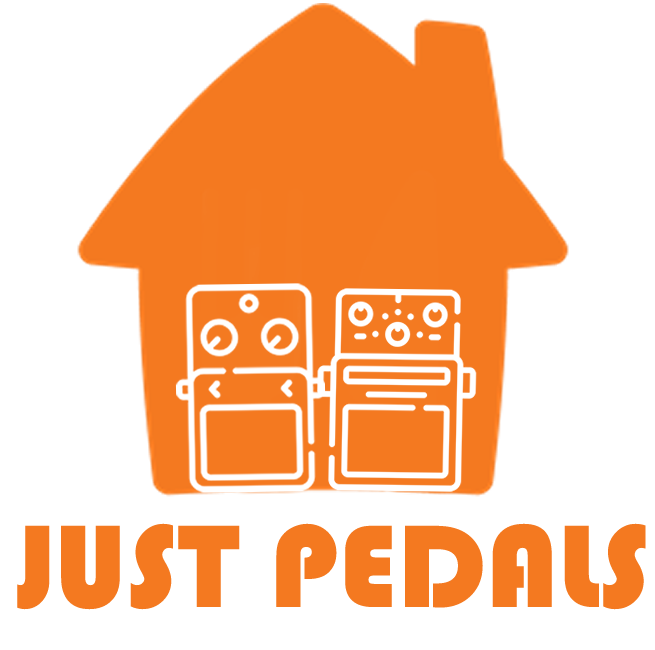
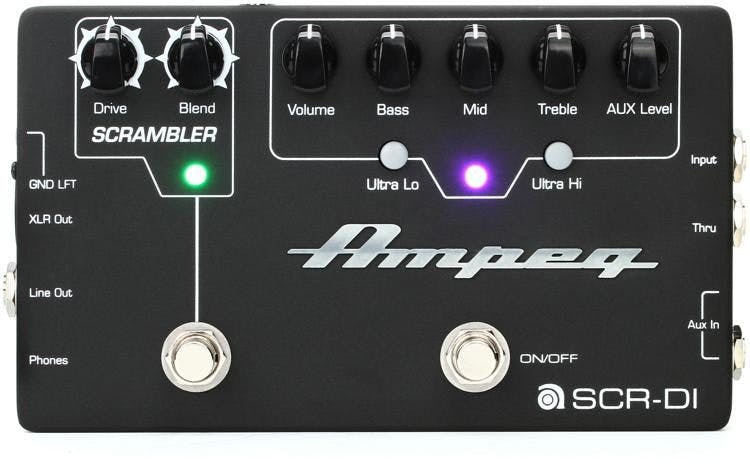
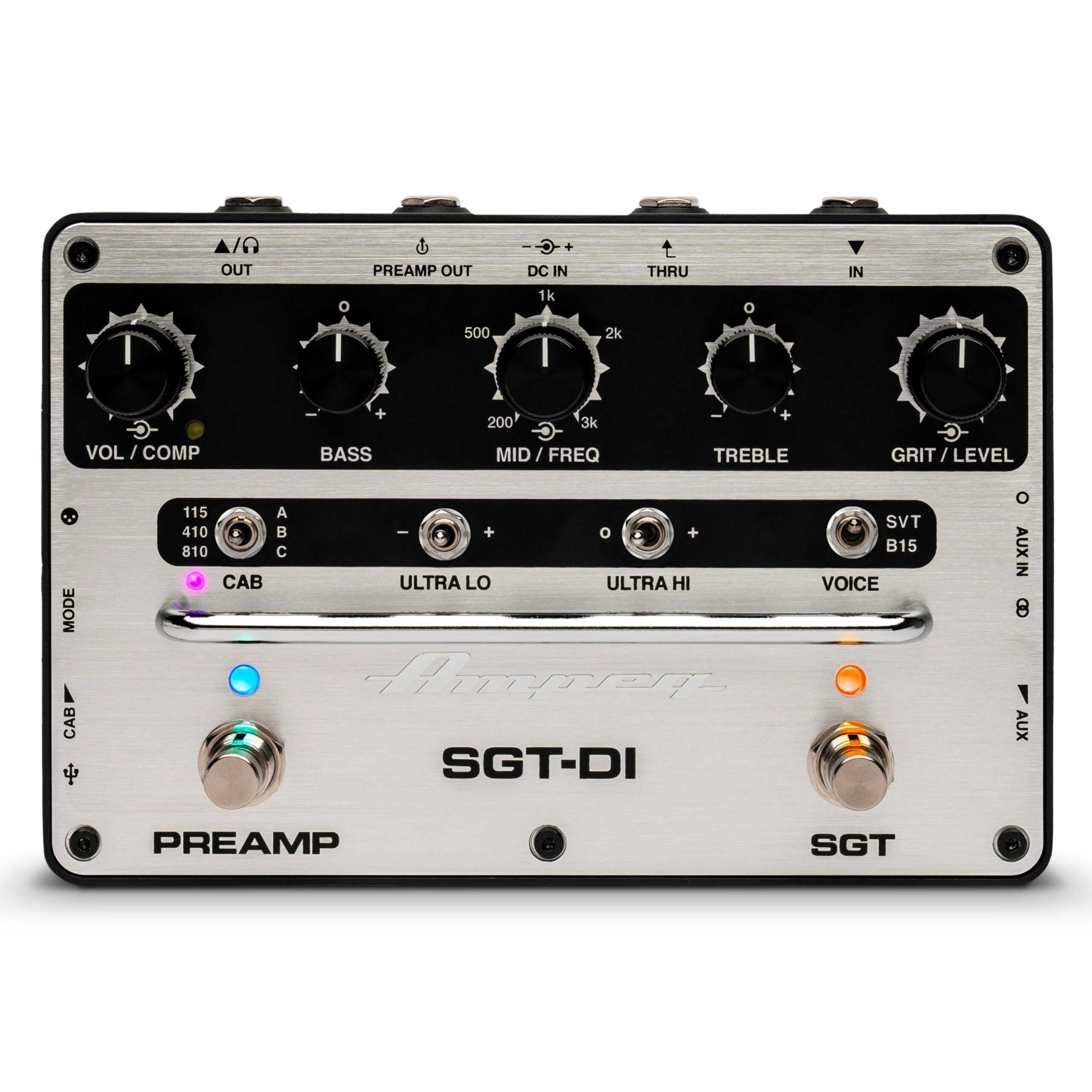
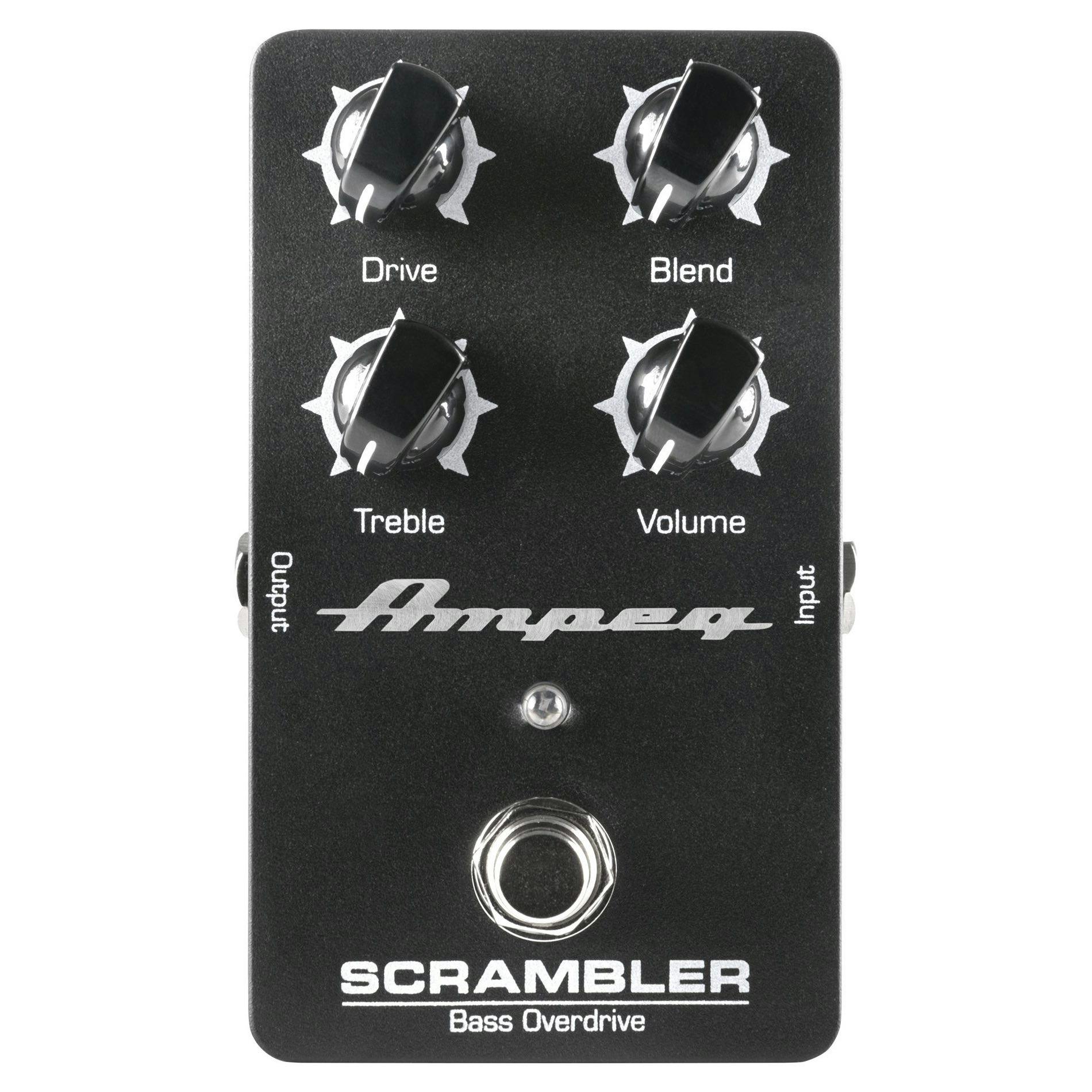
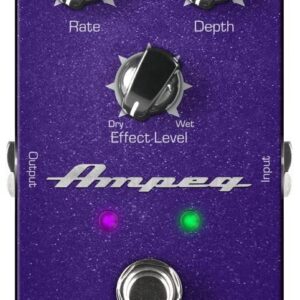
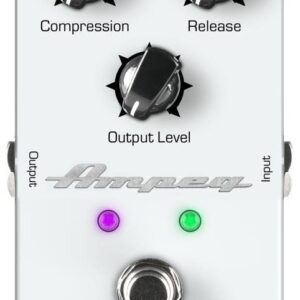
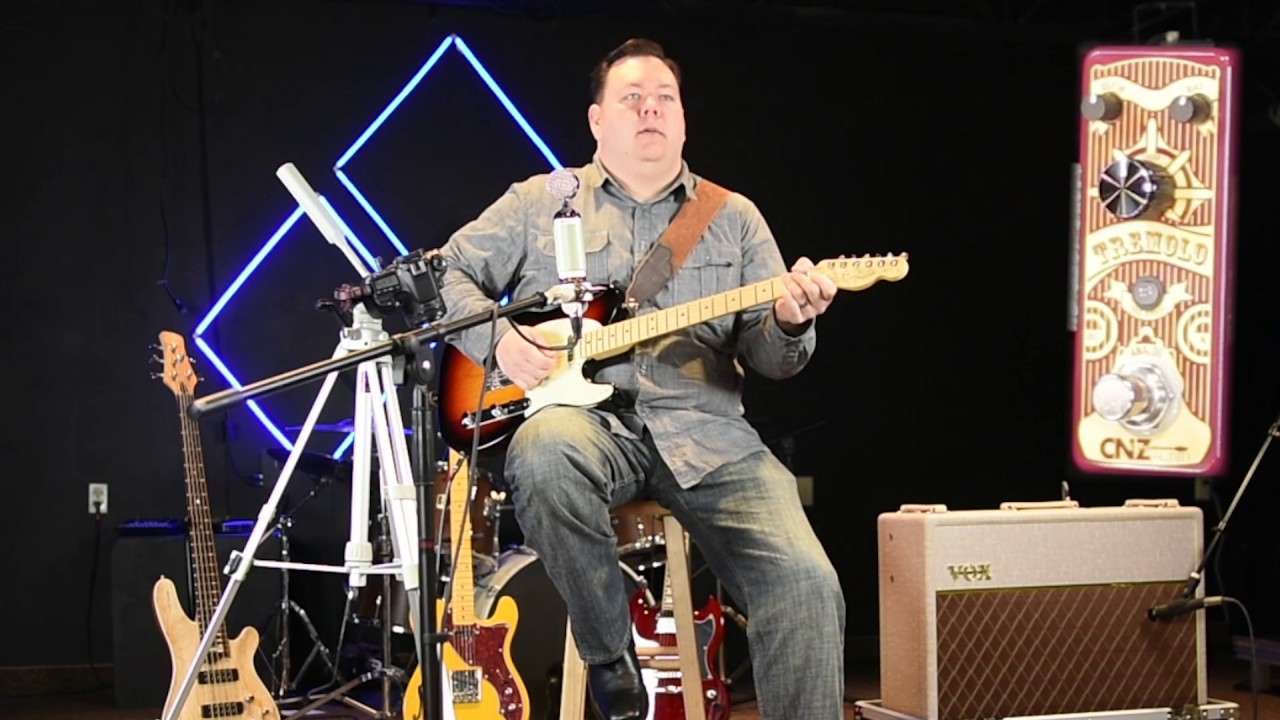






![[Power Specifications] Input voltage: AC 100-240V 50/60Hz, extension cord 5 feet. [Wide use] Widely used in hand-washing counters, Halloween decorations, handheld vacuum cleaners, security equipment, liquid crystal displays, LED lights, light-emittin...](https://m.media-amazon.com/images/I/41LRcg88jPS._SL160_.jpg)




















